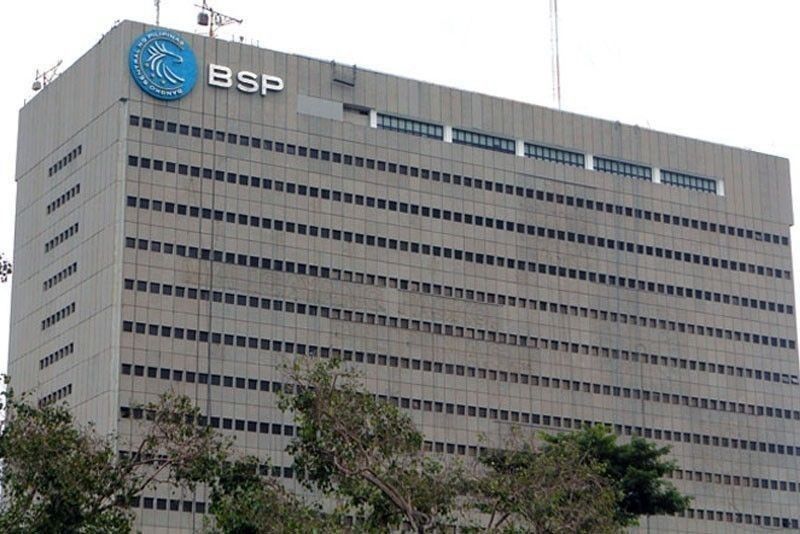Big banks have yet to tap capital, liquidity buffers

MANILA, Philippines — Big banks in the Philippines have yet to tap their capital and liquidity buffers to absorb losses and support financing requirements amid the COVID-19 pandemic, according to the Bangko Sentral ng Pilipinas (BSP).
BSP Deputy Governor Chuchi Fonacier said universal and commercial banks have yet to use their buffers under the Basel 3 risk-based capital adequacy and liquidity framework to absorb shocks during periods of stress.
“None so far,” Fonacier replied when asked if any bank has tapped its capital buffer due to the pandemic.
The BSP issued Memorandum 2020-039 in March allowing a bank that has built up its capital provisions and liquidity buffers to utilize them during the pandemic.
Under the regulation, covered banks are given reasonable time period to restore their Basel 3 capital conservation and liquidity buffers after the COVID-19 crisis.
According to the BSP, the use of the buffers is in line with the objective of the BSP’s prudential framework so banks are encouraged to act along this principle for purposes of absorbing losses and support the financing requirements of the economy.
It said a bank that draws down its 2.5 percent minimum capital conservation buffer would not be considered in breach of the capital adequacy framework.
However, a bank that utilizes its buffer is restricted from making distributions in the form of dividends, profit remittance, in the case of a foreign bank branch, share buybacks, discretionary payments on tier 1 capital instruments or discretionary bonus payments to staff.
Furthermore, a bank could also draw on its stock of liquid assets to meet liquidity demands, even if this may result to the required 100 percent minimum liquidity coverage ratio or LCR.
A covered bank that has recorded a shortfall in the stock of its high quality liquid assets for three days within the two-week rolling calendar period causing the ratio to fall below the 100 percent requirement should immediately notify the BSP.
The BSP adopted the LCR and net stable funding ratio (NSFR) for big banks last January.
The LCR mandates big banks to hold high-quality and easily convertible assets to cover their total net cash outflows for a 30-day period, while the NSFR requires financial institutions to hold enough liquidity or reliable sources of funding to match their expected funding needs for a longer period of one year.
The Basel Committee on Banking Supervision has adopted the Basel 3 framework prescribing supervisory tools to improve risk management and prevent a repeat of the 2008 global financial crisis.
Non-compliance by a covered bank with the minimum risk-based capital adequacy ratios and minimum 100 percent NSFR as a result of the COVID-19 pandemic would be handled on a case-to-case basis by the BSP.
Both S&P Global Ratings and Fitch Ratings earlier raised the red flag over the potential impact on Philippine banks as deeper economic contraction could impair the industry’s capitalization, profitability, and asset quality.
- Latest
- Trending

























